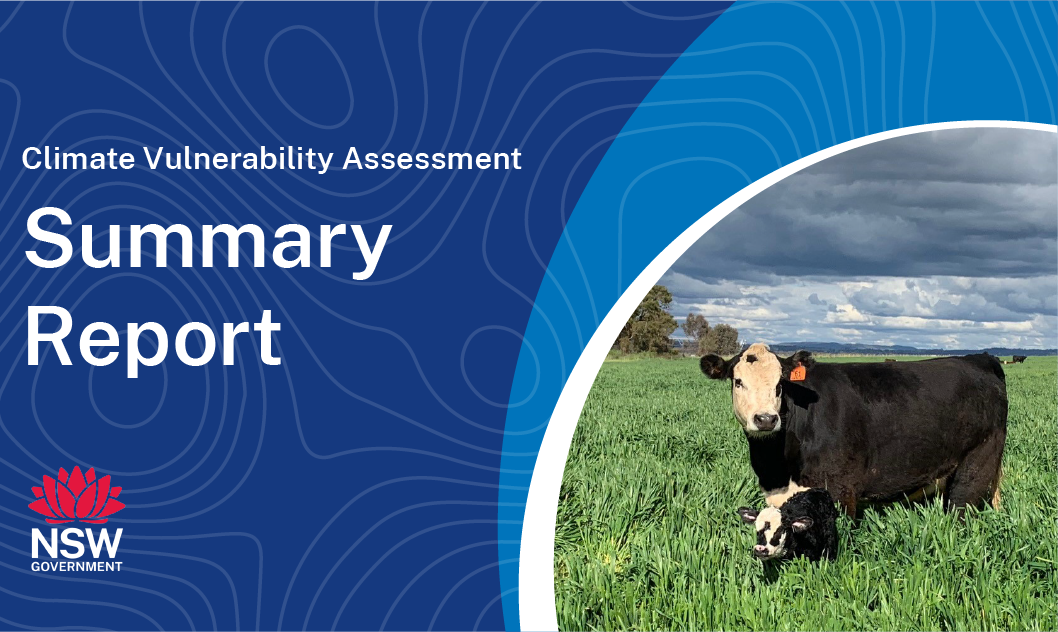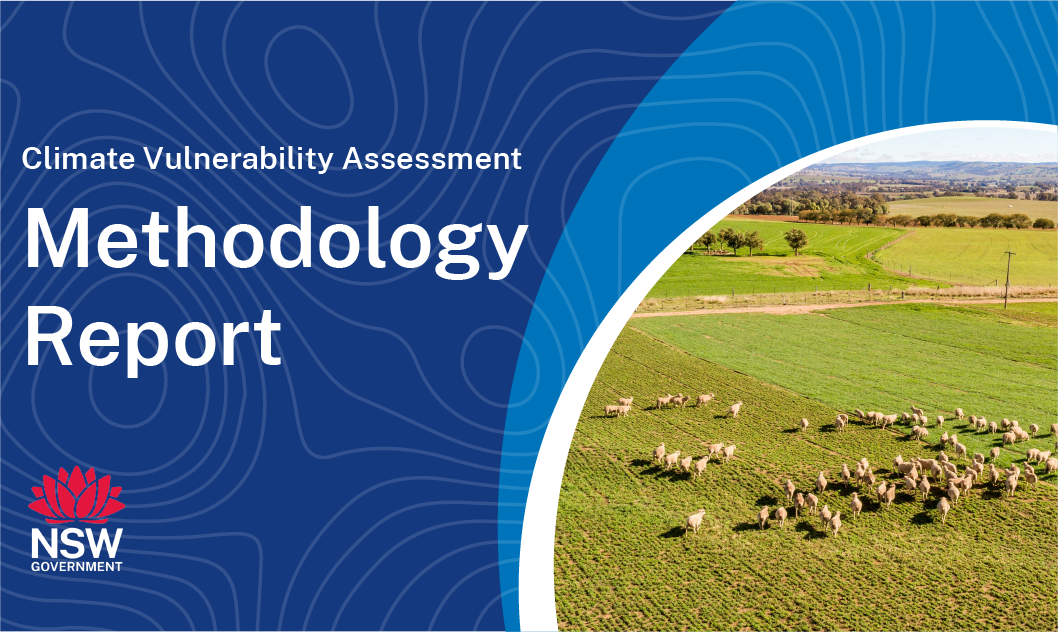Major Reports
Summary Report
(PDF, 41425.92 KB)

Methodology Report
(PDF, 19151.44 KB)

Results Reports
* indicates further reports to be released later in 2025.
Horticulture and Viticulture*
To be released in 2025.
Broadacre Cropping*
To be released in 2025.
Forestry
- Radiata pine — Pinus radiata (PDF, 4512.87 KB)
Extensive Livestock
- Beef cattle — Bos taurus (PDF, 2752.12 KB)
- Sheep — Merino (PDF, 2971.39 KB)
- High rainfall zone grazing system -- high stocking rate (PDF, 2142.25 KB)
- Mixed cropping zone grazing system — moderate stocking rate (PDF, 2688.93 KB)
- Rangeland grazing system -- low stocking rate (PDF, 2854.76 KB)
Marine Fisheries
- Bonito — Sarda australis (PDF, 1791.36 KB)
- Dolphinfish — Coryphaena hippurus (PDF, 1810.69 KB)
- Kingfish — Seriola lalandi (PDF, 1830.53 KB)
- Spanish mackerel — Scomberomorus commerson (PDF, 1796.42 KB)
- Spotted mackerel — Scomberomorus munroi (PDF, 1782.59 KB)
Biosecurity Risks*
Further biosecurity risk reports will be released in 2025.
- Buffalo fly — Haematobia irritans exigua (PDF, 5254.46 KB)
- Cattle tick — Rhipicephalus australis (PDF, 4330.77 KB)
- Fusarium wilt — Fusarium oxysporum f.sp. vasinfectum (PDF, 4809.5 KB)
- Queensland fruit fly — Bactrocera tryoni (PDF, 5683.6 KB)
- Verticillium wilt — Verticillium dahliae (PDF, 6817.07 KB)
Factsheets
Horticulture and Viticulture
- Almond — Nonpareil (PDF, 407.12 KB)
- Blueberry — Southern Highbush (PDF, 797.35 KB)
- Cherry — Lapin (PDF, 2138.15 KB)
- Citrus — Navel oranges (PDF, 350.71 KB)
- Macadamia (PDF, 297.97 KB)
- Walnut — Chandler (PDF, 383.57 KB)
- Wine grapes — Chardonnay (cool region) (PDF, 4235.22 KB)
- Wine grapes — Chardonnay (warm region) (PDF, 5817.27 KB)
Broadacre Cropping
Under review.
Forestry
Forestry
- Radiata pine — Pinus radiata (PDF, 429.85 KB)
Extensive Livestock
- Beef cattle — Bos taurus (PDF, 392.75 KB)
- Sheep — Merino (PDF, 2904.11 KB)
- High rainfall zone grazing system — high stocking rate (PDF, 2404.4 KB)
- Mixed cropping zone grazing system — moderate stocking rate (PDF, 1406 KB)
- Rangeland grazing system — low stocking rate (PDF, 1333.99 KB)
Marine Fisheries
- Bonito — Sarda australis (PDF, 636.35 KB)
- Dolphinfish — Coryphaena hippurus (PDF, 648.77 KB)
- Kingfish — Seriola lalandi (PDF, 852.91 KB)
- Spanish mackerel — Scomberomorus commerson (PDF, 1080.97 KB)
- Spotted mackerel — Scomberomorus munroi (PDF, 636.23 KB)
Biosecurity Risks
- Biting midge — Culicoides brevitarsis (PDF, 261.64 KB)
- Buffalo fly — Haematobia irritans exigua (PDF, 351.41 KB)
- Cattle tick — Rhipicephalus australis (PDF, 729.24 KB)
- Fusarium wilt — Fusarium oxysporum f.sp. vasinfectum (PDF, 1985.53 KB)
- Oriental fruit fly — Bactrocera dorsalis (PDF, 362.26 KB)
- Parthenium weed — Parthenium hysterophorus (PDF, 356.78 KB)
- Queensland fruit fly — Bactrocera tryoni (PDF, 262.96 KB)
- Sclerotinia stem rot — Sclerotinia sclerotiorum (PDF, 346.45 KB)
- Serpentine leafminer — Liriomyza huidobrensis (PDF, 381.81 KB)
- Serrated tussock — Nassella trichotoma (PDF, 489.67 KB)
- Verticillium wilt — Verticillium dahliae (PDF, 293.66 KB)
- Wheat stem rust — Puccinia graminis f. sp. tritici (PDF, 351.69 KB)
- Wheat stripe rust — Puccinia striiformis f. sp. tritici (PDF, 2071.45 KB)
Publications
- Darbyshire, R.O., Johnson, S.B., Anwar, M.R. et al. Climate change and Australia’s primary industries: factors hampering an effective and coordinated response. Int J Biometeorol 66, 1045–1056 (2022).
- Champion, C., Lawson, J.R., Pardoe, J. et al. Multi-criteria analysis for rapid vulnerability assessment of marine species to climate change. Climatic Change 176, 99 (2023).
- Johnson, S.B., Kelley, J.M., Ellis, B., Lawson, J., Davidson, B. and Dixon, N. (2023). Where could it be now? The vulnerability of New South Wales to parthenium weed (Parthenium hysterophorus) invasion. Proceedings of the 22nd Biennial NSW weeds conference. (Weed Society of New South Wales, Dubbo).
- Johnson, S B., Kelley, J M., Ellis, B., Lawson, J. (2022, 25-29 September) What is your state of vulnerability to climate change? Biosecurity and weed threats to New South Wales primary industries. 22nd Australasian Weeds Conference, Adelaide, SA, Australia.